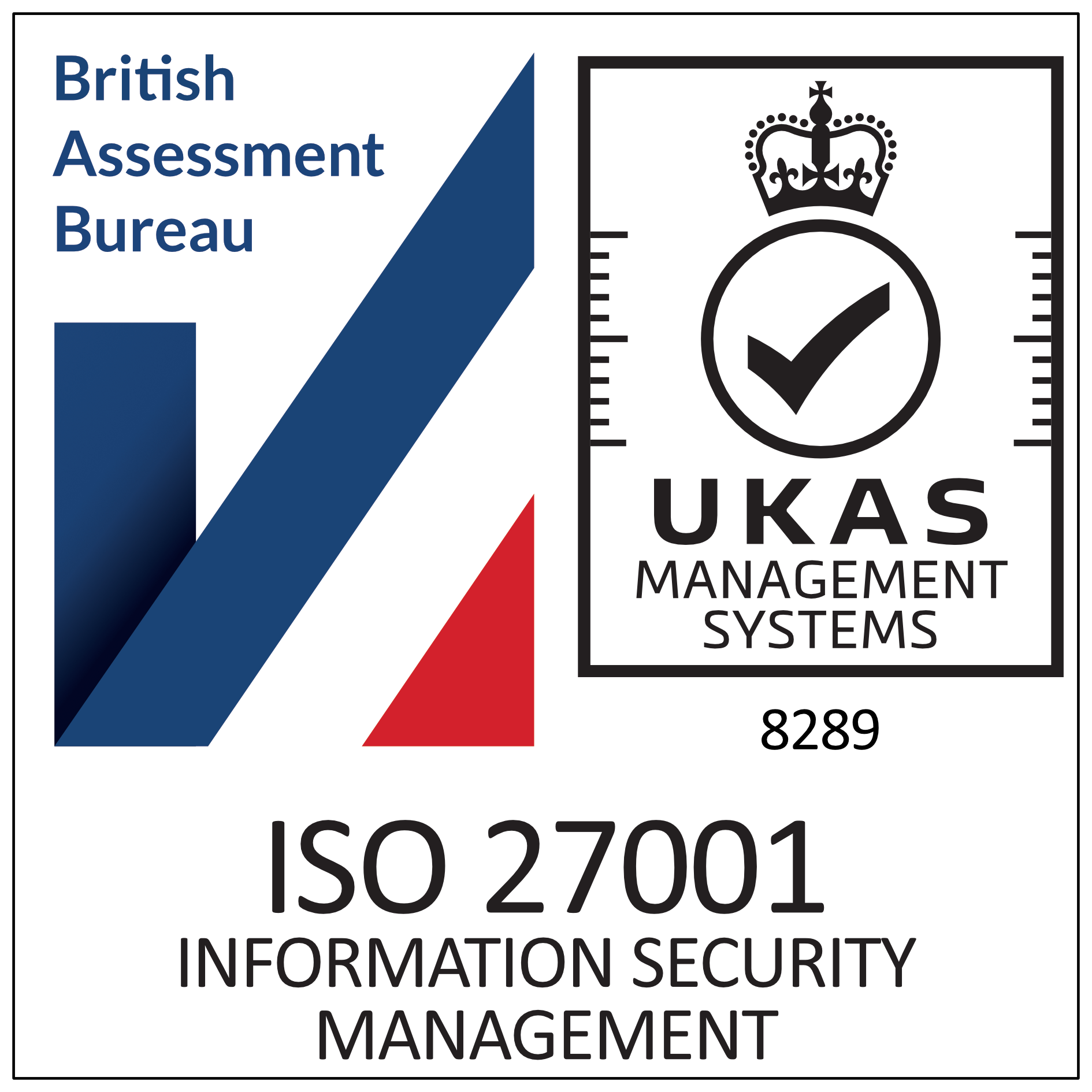Form AP1 Application to Register Grant of Underlease
The PROP.CO.19 - Form AP1 Application to Register Grant of Underlease is the form prescribed by the Land Registry for a subtenant to apply to the Land Registry to register the grant of a new sublease.
The up to date version of it can be found on the government website by clicking on this link to the relevant page: https://www.gov.uk/government/publications/change-the-register-ap1.
The document can be downloaded as a word document or a PDF. Once you have opened the document in your preferred format, you should save a copy to a location of your choice. Simply enter the relevant details in the blank spaces and check the boxes where appropriate. The remainder of the form (including the notes) should not be altered as it is in the Land Registry’s standard format.
Generally speaking, a lease (including an underlease) granted for a term exceeding 7 years needs to be registered at the Land Registry. If it is not registered, it will not have effect as a “legal” interest but only as an “equitable” interest. This is less secure for the undertenant and will make future dealings with the underlease more complicated.
Land Registry Form AP1 should be completed and sent to the Land Registry, together with a certified copy of the underlease, if the property is in England, the stamp duty land tax certificate (if a Land Transaction Return is required to be submitted to HM Revenue & Customs (HMRC)), or if the property is in Wales, the Welsh Revenue Authority (WRA) certificate (if a Land Transaction Tax return is to be submitted to the WRA) and a cheque for the application fee, as soon as possible after the grant of the underlease.
The Land Registry has various offices. To find the appropriate office for your application please see:
https://www.gov.uk/guidance/hm-land-registry-address-for-applications .
In panel 1, enter the name of local authority serving the property and the property’s full postcode – this information will appear on the official copies of the landlord’s registered leasehold title.
In panel 2, enter the title number of the landlord’s leasehold property – this information will appear on the official copies of the landlord’s registered title.
In panel 3, check the first box if the application affects the whole of the landlord’s title (i.e. it is an underlease of whole). For an underlease of part only of the landlord’s title check the second box.
In panel 4, enter “grant of underlease” to describe the application. If a premium is paid for the grant, enter this in the “Price paid/Value” column. Otherwise, enter “nil”. In the “Fees paid” column, enter the appropriate fee – this can be calculated at:
https://www.gov.uk/government/collections/fees-hm-land-registry-guides .
In panel 5, list the documents you are enclosing. These will be a certified copy of the underlease (the date and parties to the underlease should be noted here) and if the property is in England, the stamp duty land tax certificate (if a Land Transaction Return is required to be submitted to HM Revenue & Customs (HMRC)), or if the property is in Wales, the Welsh Revenue Authority (WRA) certificate (if a Land Transaction Tax return is to be submitted to the WRA).
It will probably also be necessary to enclose evidence of identity for the landlord and tenant. See the commentary on panels 12-14 below.
In panel 6, enter the tenant’s name and (if applicable) company number.
In panel 7, enter the name and address and other details of the person who is submitting the application on behalf of the tenant.
Panel 8 can be left blank.
In panel 9, check the last box. The tenant’s address for service needs to be inserted.
Panel 10 can be left blank.
Panel 11 can be left blank unless the property is affected by “disclosable overriding interests”. This is a complex area and you should seek legal advice if necessary.
Panel 12 is concerned with confirmation of identity. By requiring this confirmation the Land Registry is seeking to reduce fraudulent property transactions. Check the second box if the application is not made by a conveyancer (e.g. a solicitor).
Panel 13 can be left blank unless you are a conveyancer.
In Panel 14, give details of the landlord and tenant and their conveyancers (if any) in section (1). In section (2) check the boxes to confirm that evidence of identification is enclosed for the tenant and, if the landlord was not represented by a conveyancer, the landlord. Guidance can be found by clicking the link in the margin of Form AP1.
In Panel 15, sign on the “signature of applicant” line.
Form AP1 Application to Register Grant of Underlease is part of Property. Just £38.50 + VAT provides unlimited downloads from Property for 1 year.


